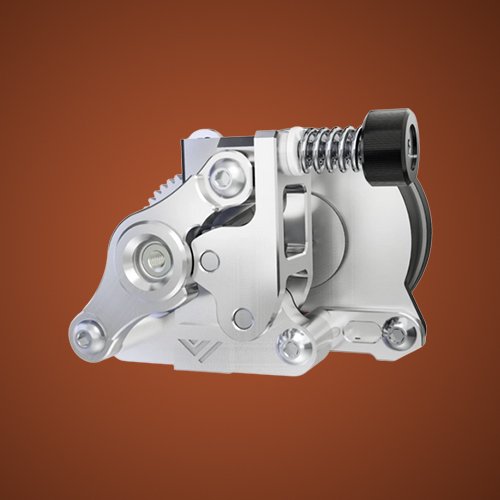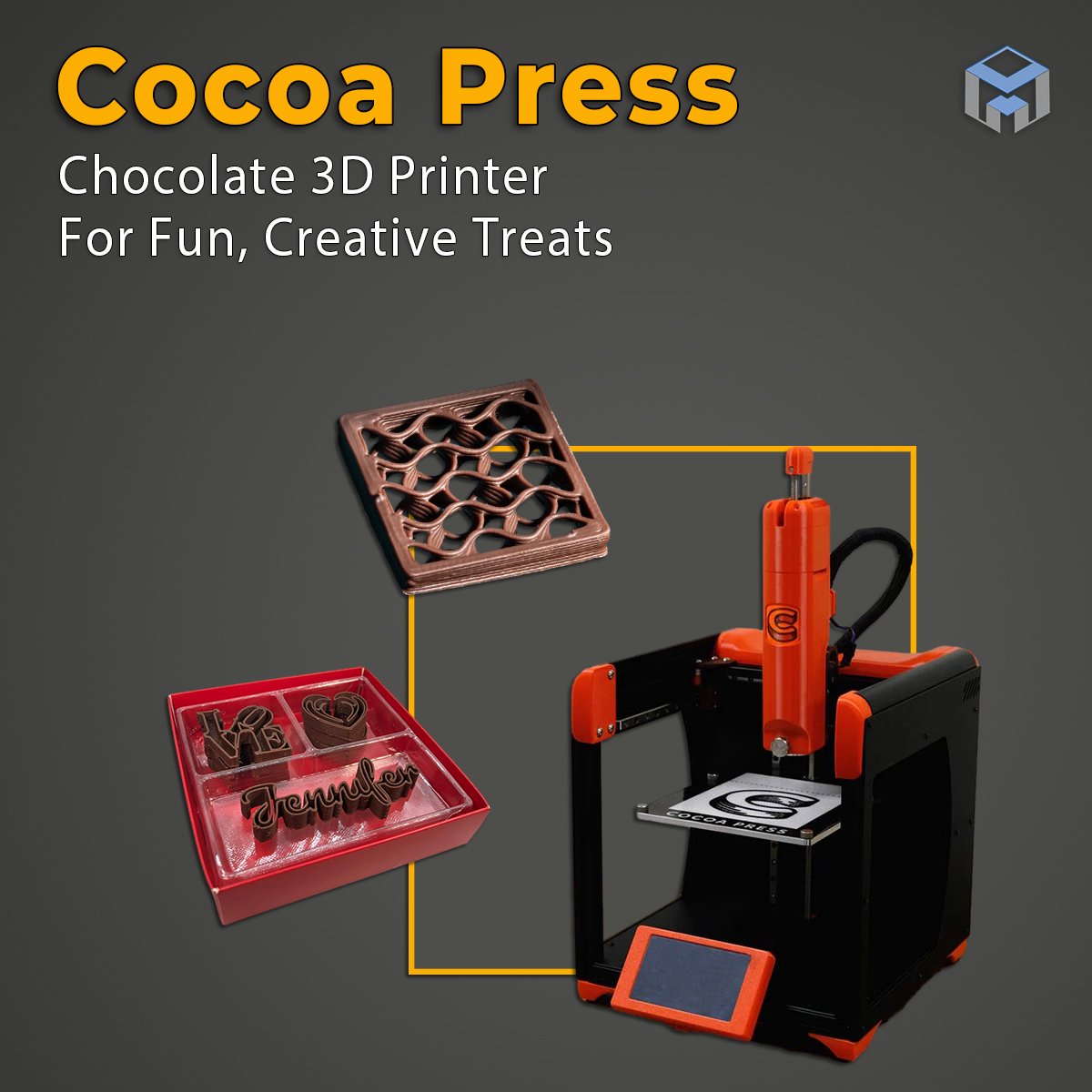Understanding the Difference Between Bowden and Direct Drive on a 3D Printer
When diving into the world of 3D printing, understanding the different extruder setups is essential. Two commonly used configurations are Direct Drive and Bowden. In this blog post, we'll explore the characteristics of each setup and help you determine which one suits your 3D printing projects best.
(For this article, I’ll be looking at the Bowden and Direct Drive setup that is found on the Creality Ender 3)
Direct Drive Extruder
The Direct Drive extruder is a setup where the extruder motor is directly mounted on the printer's toolhead. This design minimizes the distance between the motor and the nozzle, resulting in more precise filament control. The shorter filament path reduces the risk of filament slipping and enables the printer to handle flexible filaments effectively. With Direct Drive, you can achieve higher printing speeds and better print quality, making it a popular choice for small and detailed prints.
You’ll find that Direct Drive is found on pretty much every mid to high-end 3D printer that is available right now. Having control over the movement of filament as close to the nozzle as you can get is essential. Motors and extruders are becoming smaller and more efficient so their performance balances out the weight that they add.
Bowden Setup
In contrast, the Bowden setup separates the extruder motor from the hotend, utilizing a PTFE tube to guide the filament from the extruder to the hotend. This configuration reduces the moving mass on the print head, allowing for faster travel speeds, which is particularly advantageous for larger prints. However, the longer filament path may result in more retraction and unretraction, potentially affecting print quality, especially when using flexible filaments.
Bowden systems can make for some extremely light toolheads but I think that all the calibrating that is required to get a Bowden system printing with the same level of quality as a Direct Drive setup make this option a little out of reach for most users. It would truly become a ‘tinkerer’s’ project and require a lot of testing.
If you take a short frolic around Youtube, you’ll come across a few high speed printers that are using bowden setups to reach insane printing speeds. This setup makes the toolhead as light as possible allowing insane acceleration to be used.
Comparison
Let's compare the two setups side by side. While Direct Drive offers better precision and versatility, Bowden excels in faster printing of larger objects. The choice between the two largely depends on the type of prints you intend to make and your preferred printing speed.
Pros and Cons
Each setup has its advantages and disadvantages. Direct Drive's close proximity of the extruder to the nozzle allows for smoother filament control but can add more weight to the print head. Bowden, on the other hand, reduces the print head's mass but may require more tuning to handle flexible filaments. Consider the specific needs of your projects before making a decision.
| Direct Drive Extruder | Bowden Setup | |
|---|---|---|
| Extruder Location | Mounted directly on the print head, close to the hotend. | Separated from the print head, typically mounted on the frame. |
| Advantages |
|
|
| Disadvantages |
|
|
Micro Swiss Direct Drive Unit
High Performance Options
There are a lot of options out there but I’m looking at the 2 that I think are the best that you can get for a consumer 3D printer right now:
High Performance Direct Drive
Vz-Hextrudort
This extruder, when used with the VzBoT Printhead, gives you incredible performance and a short filament path from the extruder to the exit of the nozzle.
I recommend getting it with the Moons-10T motor.
Water-cooled Vz-Hextrudort
If your machine is set up for water-cooling, or you’re willing to take the journey, then this is the extruder for you.
This water-cooled version shortens the filament path even more by removing your hotend’s need to be air or water-cooled. Both hotend and extruder are cooled in this version.
High Performance Bowden
Voron M4 Extruder
If you check out this video, you can see the M4 Bowden extruder by Voron in action. It is a seriously high-performance option to feed filament into your hotend while keeping the toolhead as light as possible.
The M4 extruder is completely open source. Follow the BOM and Guide to build your own.
Conclusion
Understanding the differences between Direct Drive and Bowden setups is crucial for selecting the right extruder configuration for your 3D printing endeavors. If you prioritize accuracy and versatility, Direct Drive might be your ideal choice. Conversely, if you often work on large prints and require faster travel speeds, Bowden could be more suitable. Ultimately, both setups have their merits, and the choice depends on your specific needs and preferences.
My thoughts are to just stick with Direct Drive. There are plenty of lightweight options available for Direct Drive and it will require less tuning and have better print quality than a Bowden setup.
If you’re looking for an extruder that has all of the benefits of a direct drive system with all the benefits of a bowden setup, check out this article on the Nimble V3 by Zesty Technology.
Trending Articles
Latest Articles





















